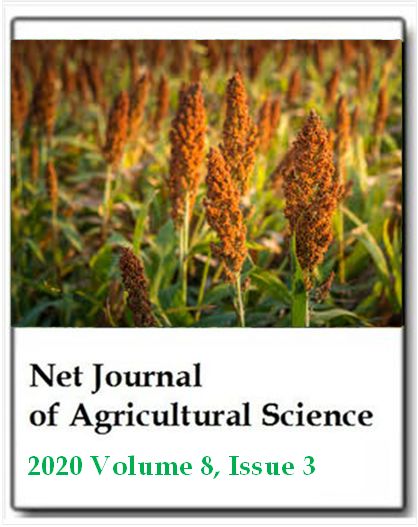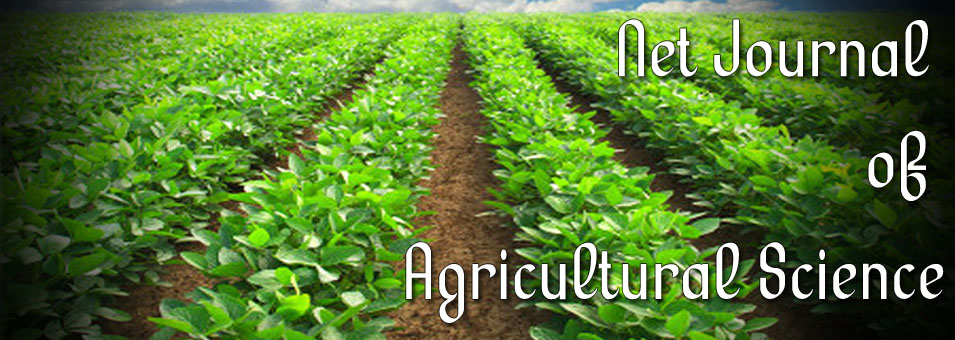Pathogenic variation of Phoma sorghina on sorghum bicolor in Burkina Faso
Schémaéza Bonzi, Irénée Somda and Paco SeremeNet Journal of Agricultural Science
Published: July 27 2020
Volume 8, Issue 3
Pages 40-45
DOI: https://doi.org/10.30918/NJAS.83.20.023
ABSTRACT
Phoma sorghina is the most frequent fungus identified on sorghum seed in Burkina Faso. The isolates from different cereals and weed species in all the agro-climatic zone of the country indicated that morphological characters were so different and the statistical analysis have shown that isolates can be group in three distinct class. The objective of this study was to analysis pathogenic variation among P. sorghina isolates. To reach this objective thirteen isolates of P. sorghina were chosen in morphological class, according to plant species and climate zone. The method of seedling symptom test on sand was used. The effect of P. sorghina inocula on sorghum seed germination shown that isolates 1Dh08-01(3), 474So07-40 and 181.80 significantly reduced sorghum seed germination when compared with the control. The isolate 474So07-40 was the most virulent in the experimental conditions. By measuring weight and height of sorghum plant obtained from infected seeds, we have noticed that the infection by P. sorghina significantly diminishes infected plants synthesis capacity in comparison with the control. All the tested isolates significantly reduced the weight of the vegetative aerial organ of sorghum. Excepted isolates 1670So11-78, 1671So11-79 and 1672So11-80, the other P. sorghina tested isolates diminish the height of sorghum plant obtained from infected seed. The isolates Spf08-02 and 1341So07-65 were those which induced most mortality after emergence. The effects of P. sorghina isolates on sorghum seed germination, plant mortality and growth were variable. The isolates from weed were very aggressive on sorghum. This study clearly indicated the selectivity pressure of weed on the population of the pathogen.
Keywords: Pathogenicity, Phoma sorghina, germination, sorghum growth.
Full Text PDF
ISSN: 2315-9766
